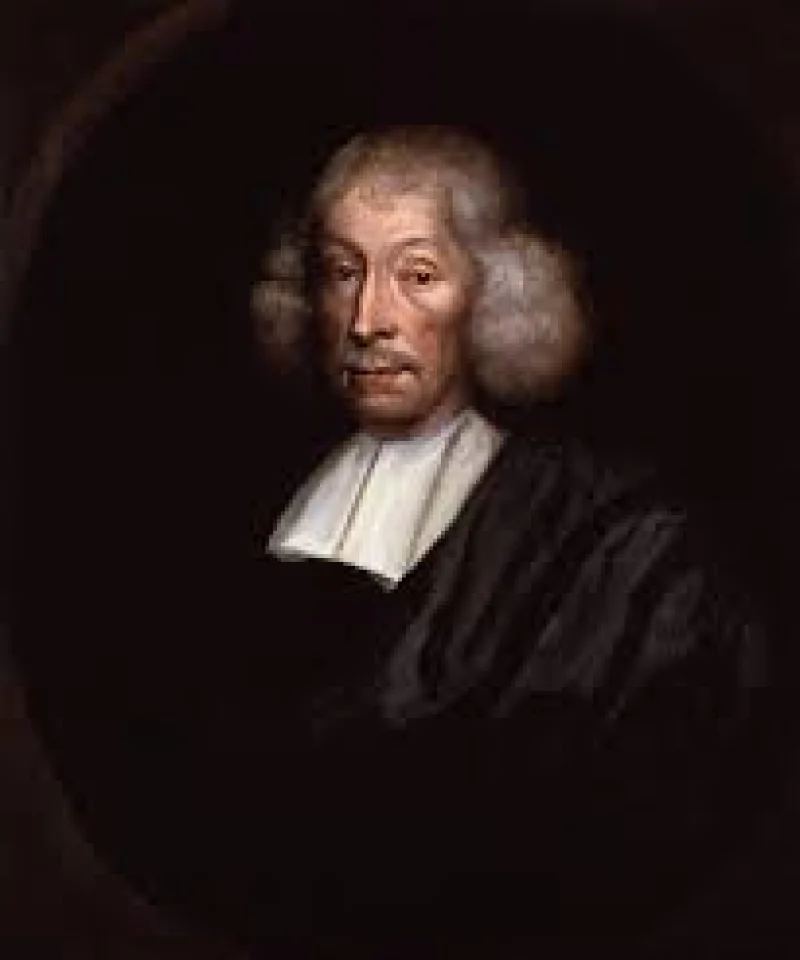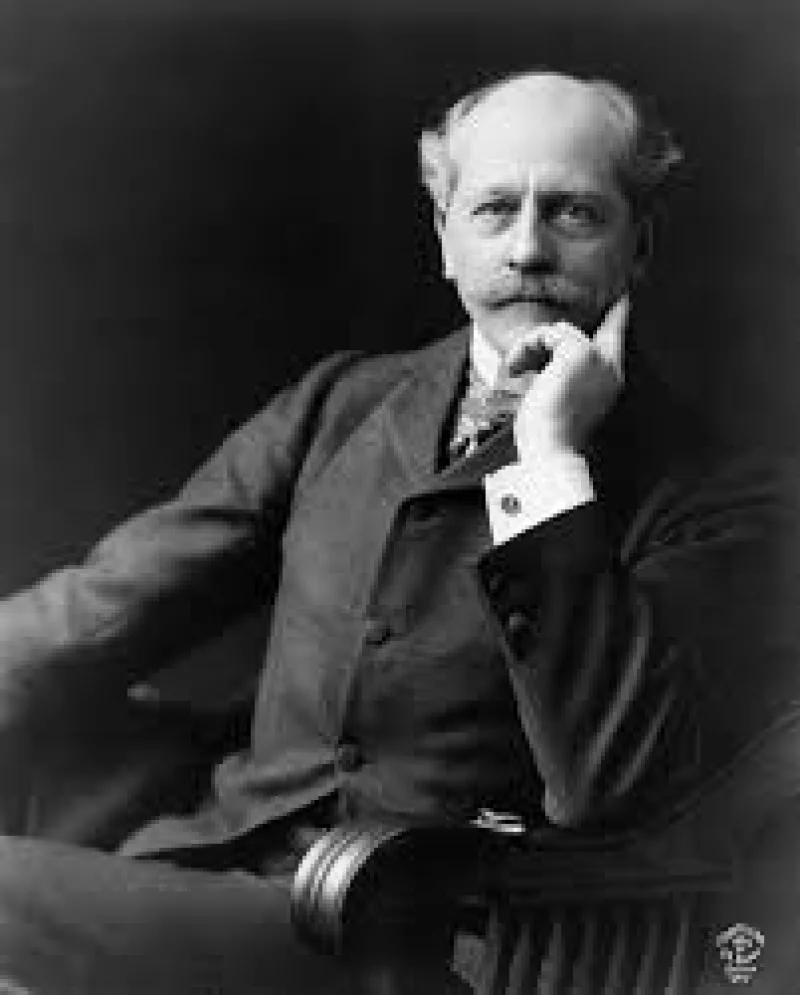Short Summary
John Ray was a renowned English naturalist, often considered the father of English natural history. His contributions to the fields of botany, zoology, and taxonomy were pivotal in the development of these sciences during the 17th century. Ray is famous for his systematic approach to the classification of plants and animals, laying the groundwork for future naturalists, including Carl Linnaeus. His work in natural history and his emphasis on empirical observation established him as a key figure in the scientific revolution.
Early Life & Education
John Ray was born on November 29, 1627, in Black Notley, Essex, England. He was the son of a blacksmith and received his early education at the local grammar school. Ray's intellectual abilities were evident from a young age, allowing him to attend Trinity College, Cambridge, where he initially studied mathematics. However, his interests gradually shifted towards natural history. He earned his Bachelor of Arts degree in 1648 and subsequently a Master of Arts. During his time at Cambridge, Ray was influenced by prominent scholars such as John Wilkins and Francis Willughby, who shaped his scientific pursuits.
Career Highlights
John Ray began his career as a fellow and lecturer at Trinity College, Cambridge, where he taught Greek, mathematics, and humanities. His career in natural history began in earnest in the 1660s when he embarked on extensive travels throughout Britain and Europe, collecting plant and animal specimens. Ray's most significant contribution was his work on the classification of plants and animals, published in several important texts, including "Historia Plantarum" and "Synopsis Methodica Avium et Piscium." These works laid the foundation for modern taxonomy, emphasizing the importance of empirical observation and systematic classification.
Major Achievements
- Developed the first systematic classification of plants and animals, influencing future taxonomists.
- Published "Historia Plantarum," a comprehensive work on botany that remained a reference point for centuries.
- Introduced the concept of species as a fundamental unit of classification.
- Contributed to natural theology with his book "The Wisdom of God Manifested in the Works of the Creation."
Famous Quotes
- "Let us consider the works of God, and observe the operations of His hands."
- "There is no greater, at least no more palpable and convincing argument of the existence of a Deity than the admirable art and wisdom displayed in the structure of animals."
Interesting Facts
- John Ray was initially named John Wray; he changed the spelling of his surname in 1670.
- He was a devout Christian and believed that the study of nature was a way to understand God's creation.
- Ray's interest in plants was sparked by his work creating a college garden at Trinity College.
- He was one of the first to suggest that fossils were the remains of once-living organisms.
Legacy / Influence
John Ray's legacy lies in his pioneering work in the fields of botany and zoology. His systematic approach to classification and his emphasis on empirical observation laid the groundwork for modern taxonomy and influenced countless naturalists, including Carl Linnaeus. Ray's ideas contributed significantly to the scientific revolution, and his writings on natural theology bridged the gap between science and religion, demonstrating the harmonious relationship between the two.
FAQ
Q: Why is John Ray famous?
A: John Ray is famous for his contributions to the classification of plants and animals, which laid the foundation for modern taxonomy.
Q: What was John Ray's most significant contribution to science?
A: His most significant contribution was his systematic classification of plants and animals, which influenced future naturalists.
Q: Did John Ray write any notable books?
A: Yes, he wrote several notable books, including "Historia Plantarum" and "The Wisdom of God Manifested in the Works of the Creation."
Q: What was John Ray's view on the relationship between science and religion?
A: John Ray believed that studying nature was a way to understand God's creation, highlighting the harmony between science and religion.












